I have found that many people view HR as the compliance people. HR makes sure that businesses have employee handbooks, personnel files are maintained, and everything is in place in case a third party comes into audit. I want to stress that YES, this is important. You want to make sure you are complying with laws and regulations.
If your idea of HR people are as compliance professionals, you’re not alone. That’s fair, and we get that quite a bit. There’s always handbooks, personnel files, and other stuff to have, just in case a third-party comes in to audit. And while this is important, understanding the “why” of that risk involves something you can already work on in your business today.
But in my career as a Human Resources business partner, most of the auditing by third parties was sparked by an employee who felt they were wronged or didn’t feel heard. An employee contacted an attorney or filed a complaint with a human rights organization, and the business then had to defend itself by ensuring that appropriate documentation was in place and that the action taken was appropriate. It took A LOT of work and A LOT of time (which, on its own, costs A LOT of money). While it is important that businesses make sure they are complying with laws and regulations, it is ALSO important to reduce the risk of audit through the interactions with your employees – so they don’t feel their only option is to go outside the organization to express their concerns.
Tool #1: Your Ears and Your Active Listening Questions.
You already have your best risk management tool: YOUR EARS. Seriously…… And the best part? Those tools? They’re free. You just have to know how to use them.
When I say that typically what sparked the risk was an employee who had a concern, please understand that does not mean that you tell employees that they can’t report concerns (that creates a whole different level of risk). It DOES mean that you ensure that employees feel heard inside the organization so they don’t feel the need to report to someone externally, like an attorney or a human rights organization.
The most important thing you can do is actively listen. This means listening with the purpose to truly understand the employee and their concerns. Avoid assuming you know the basis of their concerns, trying to problem solve (yet) or just going through the motions of listening. You need to truly listen. Encourage the employee to talk by using open ended questions. Some of our favorites are:
- Tell me more.
- Help me understand.
- What am I missing?
Tool #2: Respond with Empathy.
Knowing whether or not you have effectively listened is not based on whether or not you feel you understand, but rather whether the employee feels understood. You can check to make sure the employee feels understood by rephrasing what the employee said. A great way to rephrase is to start with “What I am hearing you say is…..”. This allows the employee to say “yes” or “no, that’s not it”. This helps ensure that the employee feels that their concern was fully heard. Trust us – when you try and recap an employee’s concerns, you can immediately tell whether someone feels heard in how they react to hearing it through someone else’s mouth.
Tool #3: Have Another Option in Your Process.
There are cases in which an employee may not feel comfortable sharing their concerns with their direct manager or supervisor – sometimes their manager or supervisor is the concern. Therefore it is important to have someone else that they know they can talk to. In many businesses, this tends to be the manager’s manager, following the chain of command. While this is appropriate, you want to make sure that employees feel comfortable (many people are concerned about “going over their boss’s head”). It’s important to also note that managers must understand that it is okay with their employees talking to their boss.
Tool #4: Get Feedback From Employees On An Ongoing Basis.
One final way to ensure you are hearing concerns before they become an issue is to have a process in place to get feedback from employees. Check out our earlier SPARK on “5 Steps for Getting Employee Feedback” for more information on this.
Preventative Maintenance – Your Tools in Practice
I know this can be difficult. You are busy, there is a lot going on, and you may be short on patience if this is someone who has historically had a lot of concerns. Think about these actions and your process as your business’s own version of “HR preventative maintenance.” Yes, occasionally you need a tune up and to explore a few concerns with your vehicle, but the time (and money) you spend on these issues when they are smaller is nowhere near the cost of repairing the large components or needing to replace the entire car. That’s where your listening and empathy come in. While there is some time, energy, and patience required to address an issue when it is small, it is significantly less than the cost of addressing issues when an employee does not feel heard.
To learn more, contact Kristen or Erin directly today. We would love to connect with you! Get more tips and tools by staying in the know with People Spark. Join our list today!

